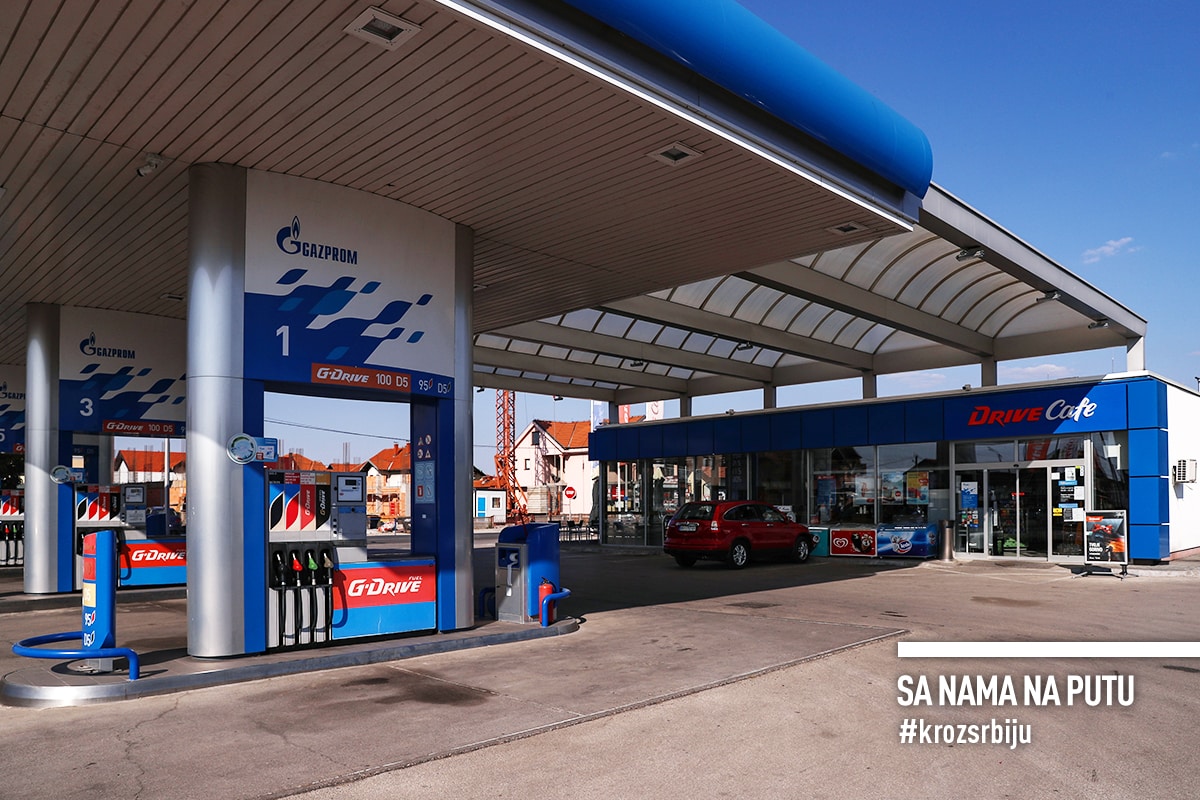As the summer draws close to an end, we seize the opportunity offered by the sunny weather to spend a day in nature. We’re heading to the place where the fertile and domesticated Mačvan flatlands in Srem is sculpted by two beautiful rivers, Sava and Drina. The place where the isolated natural landscape gave life to diverse forms of vegetation, and which the man, miraculously, decided to leave intact and spare for the beings who do pose no harm to it. Animals. Being near the Drina River already, we may just as well cross the country border and visit the largest city of Semberija and the famous Ethno village. Starting from Belgrade, the road goes toward Sremska Mitrovica and from there on to Bogatić. The sign for Camping Zasavica should be followed.
Why should you visit Zasavica and the Ethno village Stanišići?
1. Because Zasavica is a farm life safari park
The unperturbed Sava and the capricious Drina have been changing their courses from the dawn of time, forming meander bends and re-creating the surrounding landscape. Nobody knows when the landscape that is now sprawling before our eyes has been formed. However, Celtic maps show this region as the place where the dragons used to live once. Their strength had preserved this nature until the dragon-spirited people came by to replace them. So goes the legend. Or it could be the truth.
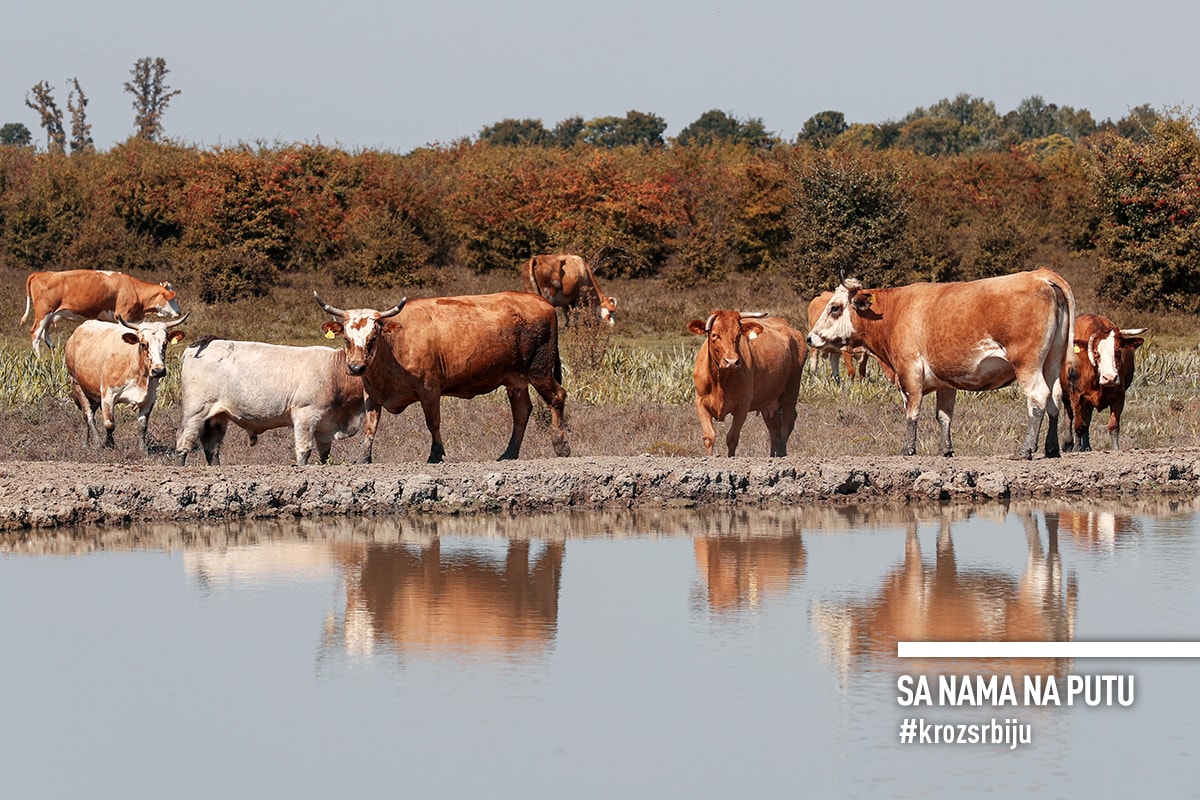
The special nature reserve Zasavica spans an area of 1,825 hectares, of which 675 hectares are classified into the strict nature reserve category of protection. It is named after the 33km-long Zasavica River, which is fed by the underground flow of the Drina River. It is one of the last wetland areas of Serbia preserved in its original state. As a strict nature reserve, it was put under protection in 1997.
It’s the perfect place for a full-day trip, especially for a family visit. A great opportunity for children to run carefree on a carpet of grass, to play in the open playground and get familiar with animals, maybe even make some friends. Parents can rest and enjoy homemade savoury meals in a restaurant with a large outdoor dining area. Boating, boat rentals and fishing are also available, with a daily boating permit. Don’t miss the chance to climb on top of the lookout tower offering the view of a large part of this untouched landscape with a summit of the Cer Mountain rising up in the distance. It also offers an overnight stay. Recently, two mobile homes have been set up for the so-called glamping, glamorous camping in a glamorous natural environment.
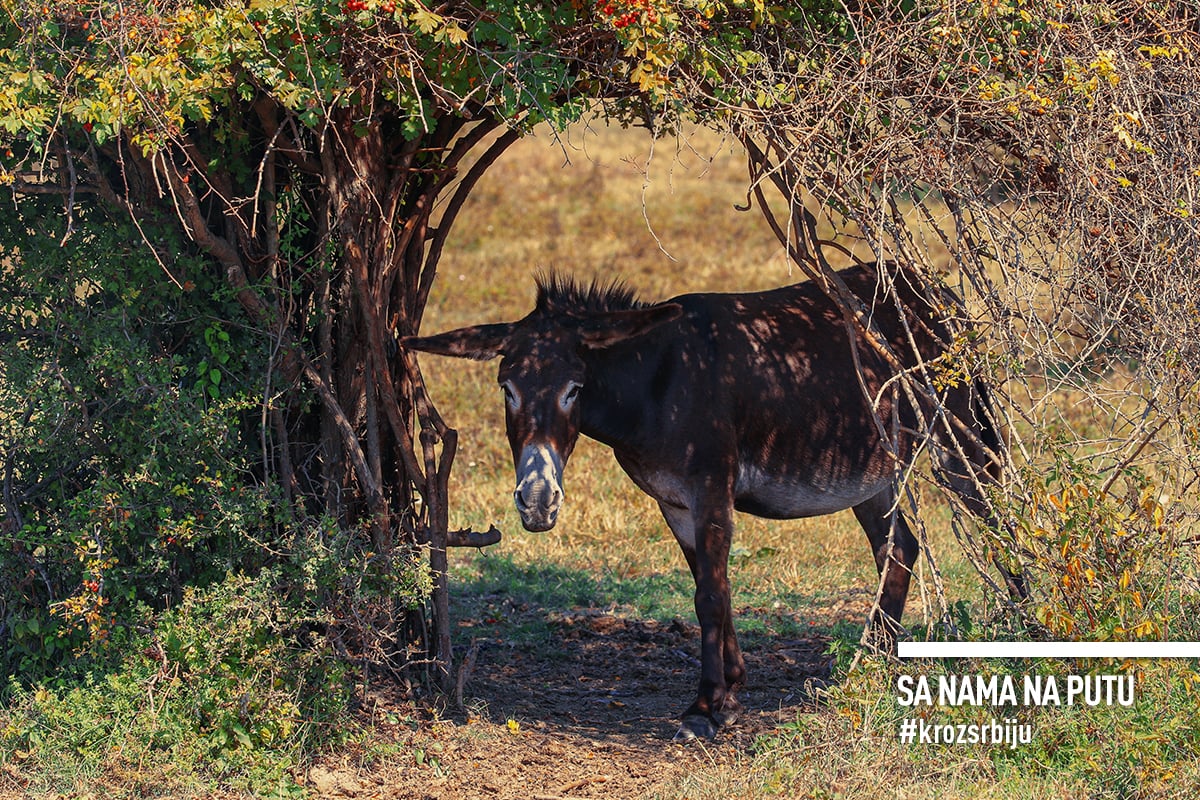
Certainly, the highlight is the safari ride on an electric bus. The wealth of flora and fauna is invaluable, the charming driver begins telling a story. 150 new species of flora and fauna have been identified, and on top of that, a 540 million-year-old river shrimp was discovered last year! The nature reserve is the habitat for 216 species of birds, dominated by a white-tailed eagle, 20 species of fish, among which is a European mudminnow, known to the people as “umbra” and protected as a rare species, 275 species of mushrooms and five species of truffles, 70 species of daily butterflies, and six species of snakes, but don’t worry, none of them is poisonous. The vegetation is not far behind. There are 680 species. The sweet flag, which is used in folk medicine, stands out among them. What diversity and wealth!
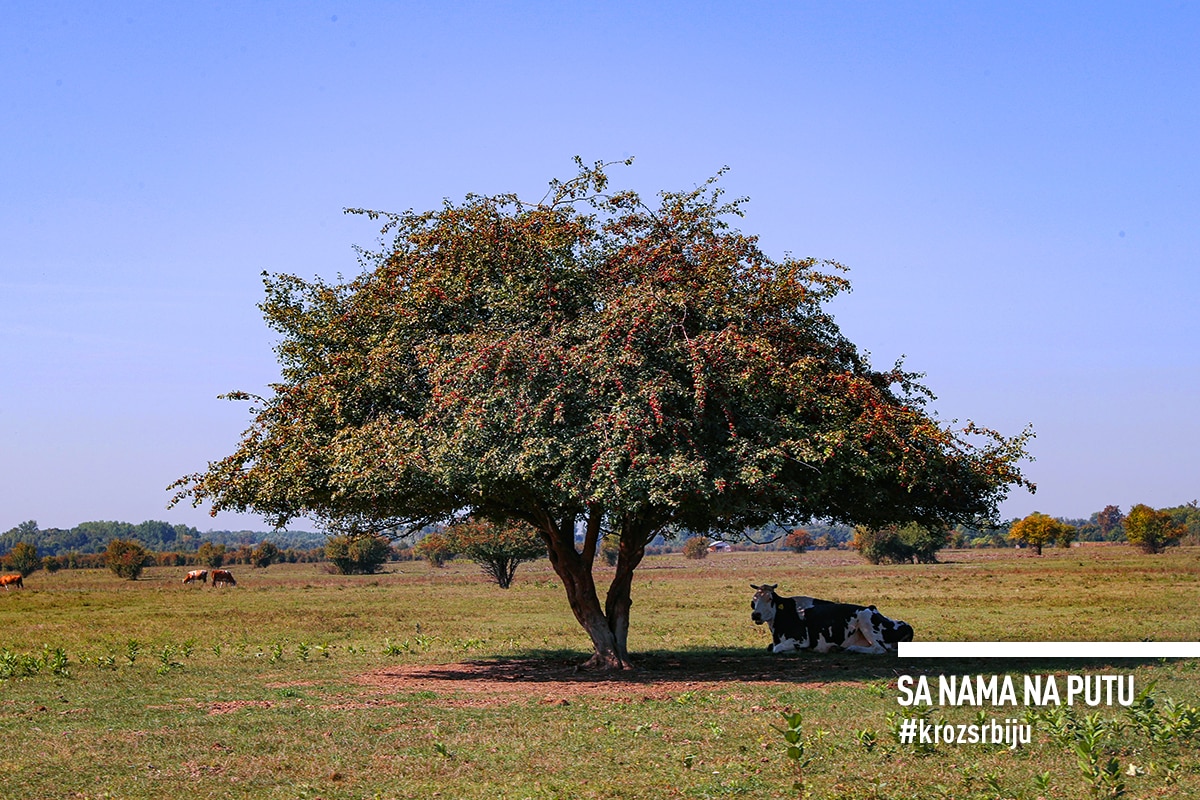
Soon we reach the centerfield for the safari – the water hole filled with water from an artesian well that has been tested for quality. The party is already in full swing. There’s a swarm of domestic animals: Bosnian mountain horses, Podolian cattle, cows, and piglets that are quite indifferent to the uninvited guests. A few of the animals glance at us with curiosity, but most of them hardly notice us at all. They have grown accustomed to a life of coexistence with other animals and humans as well. I guess everyone’s welcome here, as long as they follow the local rules. “There are no donkeys”, someone noticed. The lazy fellows must be sleeping late and haven’t yet arrived for the morning watering. The amiable driver immediately starts the bus and takes us to them. As on command, they approach us fearlessly and endearingly, as if they are expecting to get a few chunks of food. The foals are catching up behind them. They are friendly too. They’re sniffing the kids. Sweet, cuddly creatures. “There you go, now you know why men and women often call us jackasses”, the witty driver’s remark makes us burst into laughter. He somehow must inadvertently have missed mentioning the mule’s stubbornness.
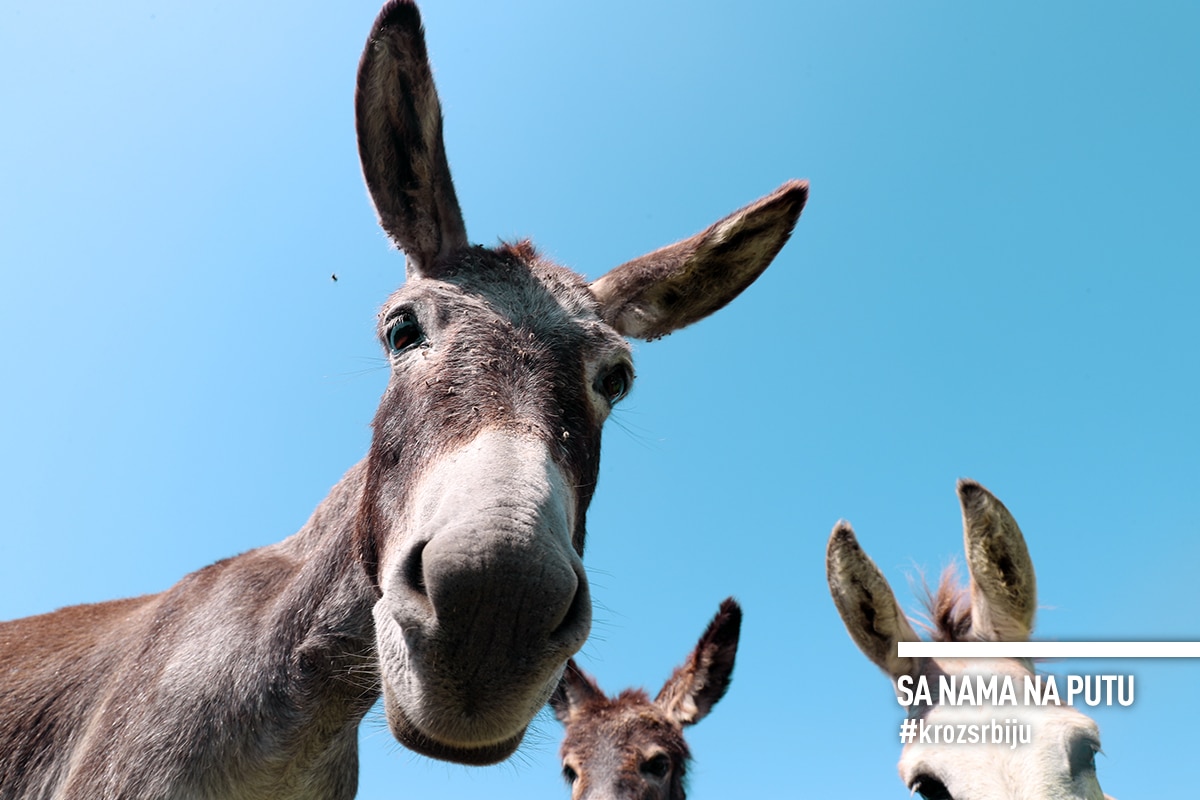
The safari can also be done on foot. You should not rely too much on your sophisticated sense of smell but pay close attention to patches of dung strewn along the way, as they are plentiful. It’s all part of nature and we wouldn’t have it any other way. You’ll enjoy the fairy-tale pristine nature from the times of our ancestors. One that should be preserved for the generations to come.
2. Because a cheese like no other in the world is made right here in Zasavica
VIDEO
6 Reasons to Visit Zasavica and Ethno Village Stanišići
It has the title of the most expensive cheese – 50 grams go for 50 euros. A pule. It is, as may be expected, made of donkey milk. It has qualities that make it similar to a woman’s breast milk. It is rich in nutrients and vitamins, extremely low in fat, causes no allergies, and should not be drunk overheated. According to the records, it’s been used as a medicine for ages. A lot of effort went into finding out how to make the milk start curdling. Without any additives. Pure organic production in the same fashion as prepared by our ancestors, originating from animals grazing on the pasture that hasn’t been used for agriculture for the past 300 years. The recipe, though held in utmost secrecy, is readily available but not the quantities of milk necessary. 25 litres of milk are needed to make a kilogram of this “dairy gold”. A donkey can only be milked for six months, after the initial three months of waiting for the baby to feed. Only if the baby is well advanced and healthy, some of the milk is taken during the second three-month period. From this perspective, maybe the world’s most exclusive cheese from Zasavica isn’t so expensive after all.
Only a few days after announcing the news that the cheese has been made, a personal envoy of the British Queen Elizabeth II arrives in Zasavica, reveals our forthcoming host, who is also the most deserving for the creation of the miraculous cheese. We don’t know if Her Majesty liked the cheese, but she certainly tasted it. Unfortunately, we have not. However, we are treated to donkey sausages by the host. They’re delicious. If the cheese is out of your range, you can certainly afford meat products made from Mangalica, horse and donkey meat or folk herbal preparations.
It is not easy to bid farewell to the world of Zasavica, but we are planning to cross the Drina river before the day is over and reach the fraternal region of Semberija.
3. Because the Ethno village Stanišići is a weekend oasis
The nearest border crossing is Badanovci, over the Pavlović bridge. With only an ID card needed to cross the border, we arrive at Ethno village of Stanisici in no time at all. And over there, we are greeted by an abundance of everything, in line with the Serbian expression “from the needle to the locomotive”, and literally so. As we arrive, we are greeted by Podlugovi station, and immediately the well-known verses of Čola’s song are brought to our minds. This is the starting point for the tourist train. In the pond nearby, there is Noah’s Ark, the boat with an interesting history that was not destined to ever set sail. We take the tour on foot. There are a few more ponds with swans, parading with a couple of black swans and their young ones. There are little bridges, a mini zoo, a church and chapel, halls for various celebrations, including a small amphitheater for events. Sports lovers can play tennis, soccer and test their skills at the shooting range. The wonderful old cabins have been moved from the villages of the municipality of Vareš and the mountains of Zvijezda and Romania, together with the furniture and folk costumes and stone cottages. Some parts look like an open-air museum – water mills, a forge, a dairy farm, and a tide mill, which is still used to grind flour for the restaurant on the site. You can find accommodation in Ethno cottages adapted to meet the modern-day needs and five-star hotels with wellness and spa services.
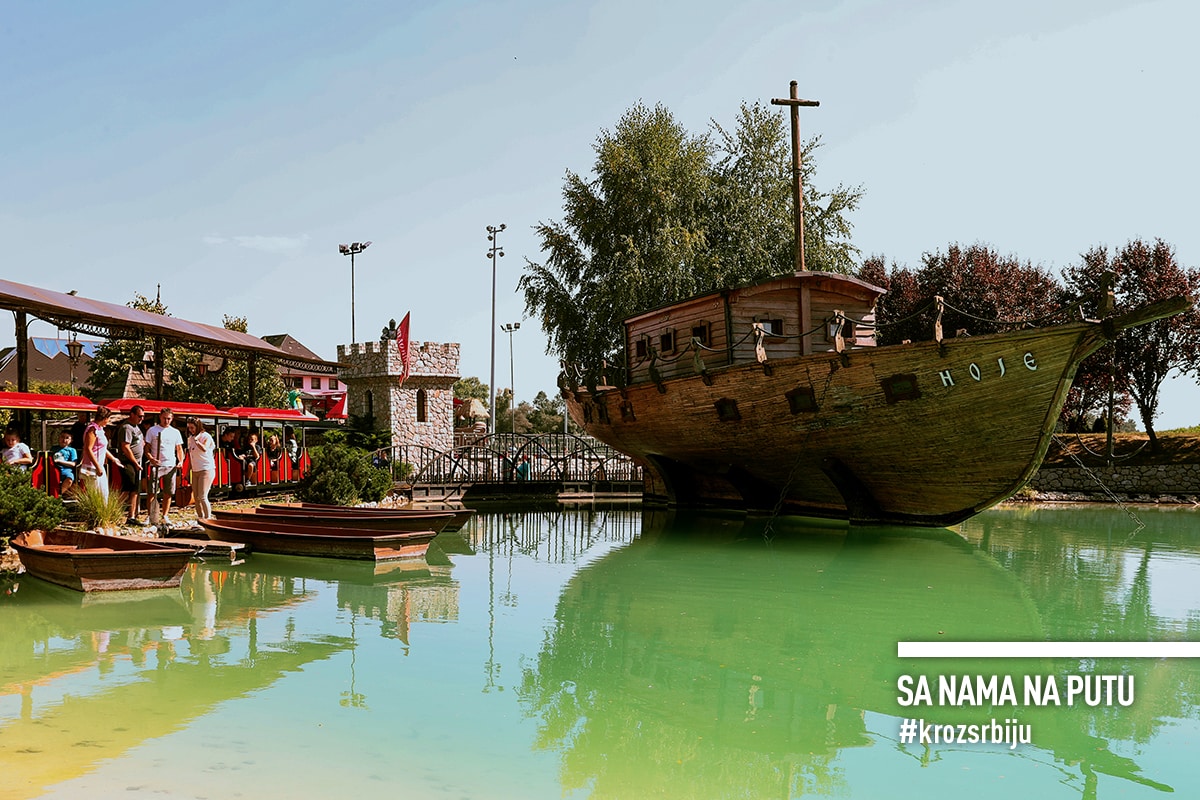
There is also an audio guide for those who want to know more about the place’s history and ambience. Nothing was spared to please the guests, from the spacious parking to a variety of amenities. Something to suit every taste and pocket. Maybe a little too crowded, sometimes an excessive clash between the old and the new. But all very neat and spotless. The hosts are cordial, welcoming and cheerful, as is the tradition here.
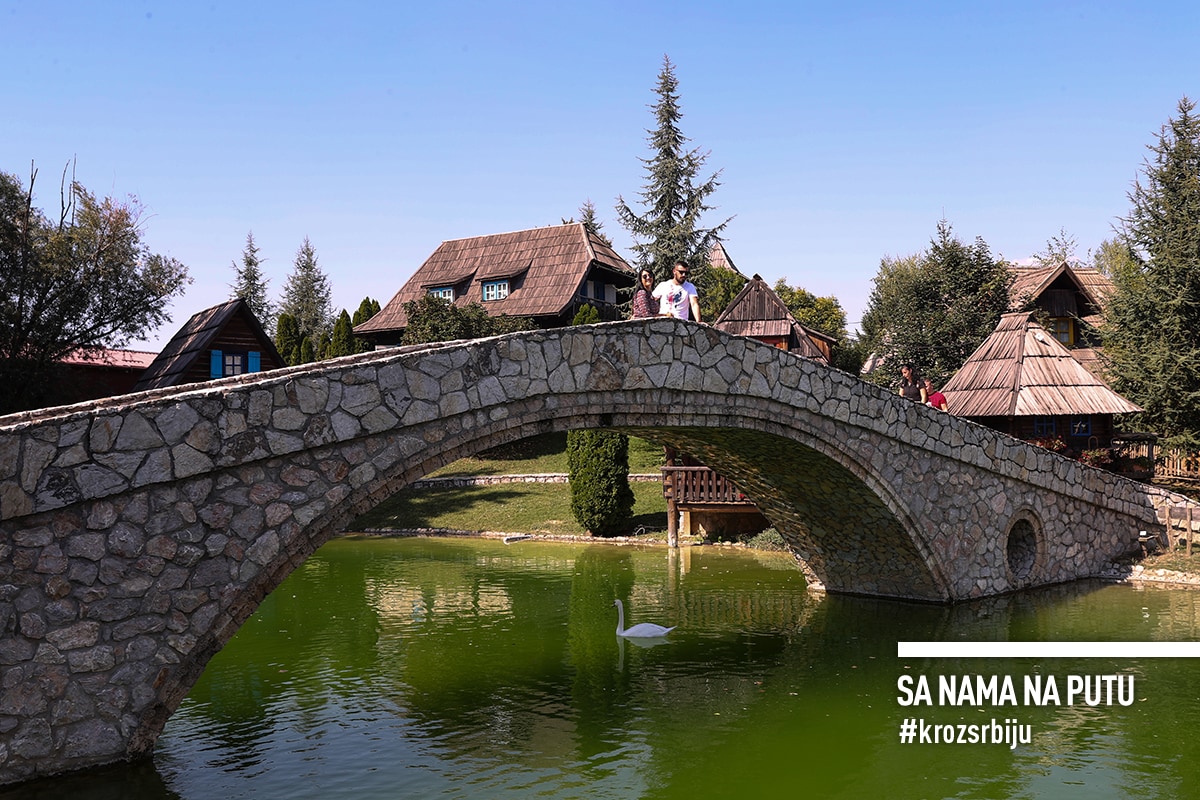
4. Because Stanišići village offers a superb veal in the sač
Of several restaurants, we choose Konoba, out of which the Ethno village Stanišići has evolved. The crowds and the people hurrying towards empty tables testify to the excellent food. And it is, and more than excellent. We order a plate of appetizers – fried dough, kajmak – still warm and extraordinary, with cheese, and homemade prosciutto. It would have been enough, but we could not pass on grilled meat and the veal in the sač. Pljeskavica and kebabs, as perfect as expected, since the famous barbecuers can’t fail. And the veal, oh! Exquisitely prepared, it just melts in your mouth. If there is something that makes it worthwhile to travel all the way to Stanišići village, it is undoubtedly the food.
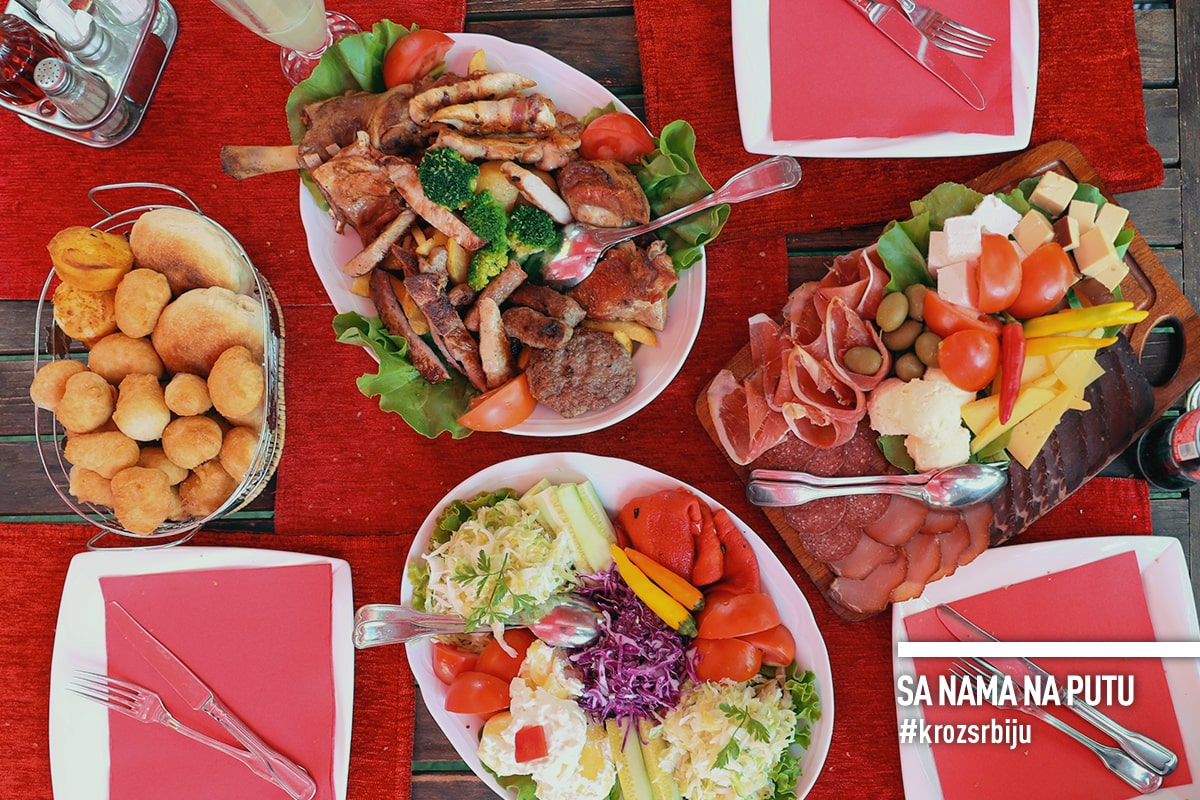
5. Because Bijeljina is home to the Semberija Museum
It is situated on the city’s main square, in the town’s oldest building that needs refurbishment of its exterior. It stores more than 10,000 items which are divided into three permanent exhibitions. The archaeological collection comprises exhibits from the Neolithic period to the late Middle Ages, a collection of monumental medieval tombstones with Cyrillic inscriptions in Old Church Slavonic and Roman stone monuments. The historic room depicts the city’s past from the time it was first mentioned in writing in 1446. The Ethno-room, probably the most interesting, provides an insight into the folklife of the village of Semberija and the old culture of Bijeljina. What catches one’s eye among the displays are the bone and the tooth of a mammoth, whose age has not been determined, and the radio set that was given as a personal gift to the Rodoljub Čolaković, a revolutionary and a write born in a rich Bijeljina family, by Nikita Khrushchev, the former leader of the Soviet Union. The Memorial Room for the Fallen Fighters in the last war has recently been opened.
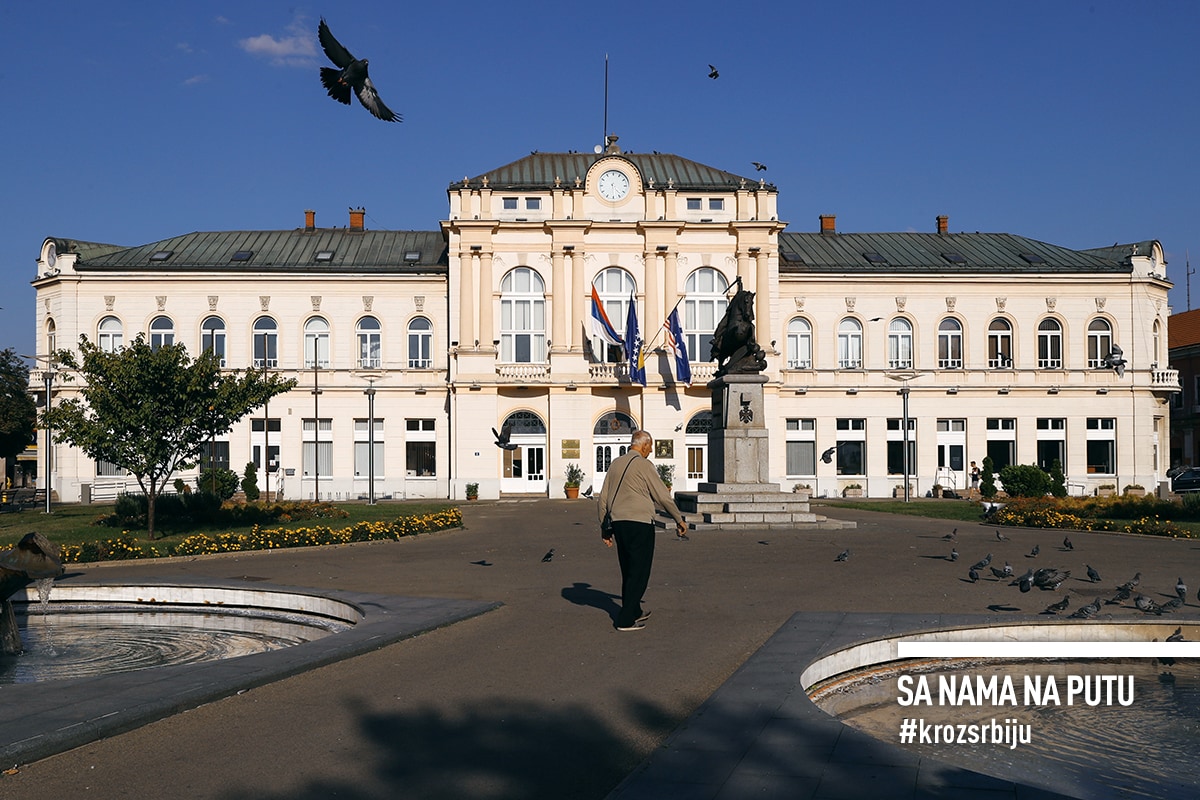
On the main square, the Museum sits next to the building of the City Assembly, the monument to King Peter I Karađorđević and a small park with the pavement chessboard with king-size chess pieces. While a couple of men are trying to checkmate each other, a few others sitting on the benches are throwing in comments. Not so long ago, it was a way of life.
6. Because, from now on, you can also get discounts at our petrol stations in B&H
After visiting the Museum of Semberija and quenching our thirst for historical facts and beauty, we refreshed ourselves at Gazprom gas station Bijeljina 1. In a homey atmosphere, the friendly staff offered useful information about the new discounts. You can now use Serbian On the Road with Us loyalty cards in Bosnia too, and they tell us we can get more information in the section News on Discounts in B&H. Overwhelmed with experiences and ready to start our journey back, we headed home promising to return to Semberija – where history has already spun many stories and the future has just begun to unfold its mysteries.
